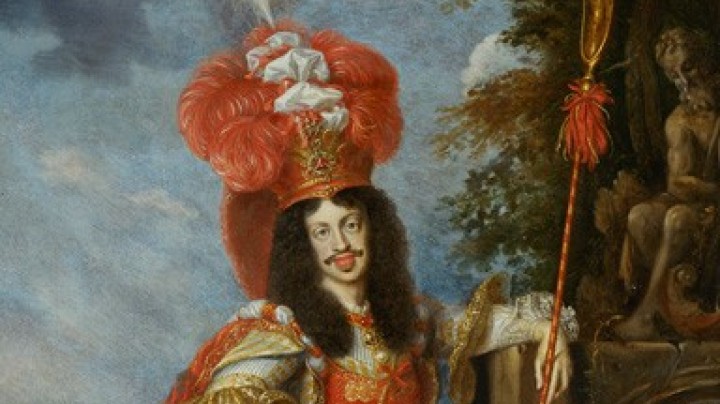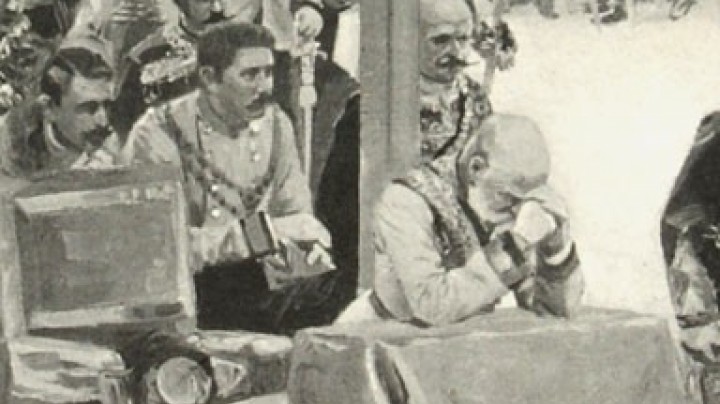Christmas down the ages
The customs we associate today with Christmas have changed down the ages. Many accounts from Vienna in the Baroque era attest that Christmas was not always celebrated in a spirit of tranquil contemplation.
For a long time it was the Midnight Mass that constituted the focus of Christmas festivities; before the Biedermeier era, the celebration of Christmas in the family circle with a decorated tree and the giving of gifts was unknown. A whole range of folk entertainments sprang up around the Mass: pastoral oratorios and nativity plays were performed, and elaborate cribs – often of imposing size and equipped with mechanical working parts – were exhibited in churches. The church service itself often contained quite profane elements: there are accounts of tunes from popular operas being incorporated in the music accompanying the service in an – ultimately successful – attempt to lure people into church. From the eighteenth century onwards it became customary for booths to be set up around churches selling nativity crib figures, wax Christkindl figures, apples and nuts together with toys for children: the first Christmas markets were born.
People had always gathered together to celebrate and enjoy a variety of entertainments before setting off for the Midnight Mass. These entertainments were often combined with a lavish meal. Frequently the social entertainment overlaid the religious character of the Midnight Mass, with the result that during the Enlightenment era the authorities increasingly regarded these festive activities as endangering public decency. From this era we have the following accounts deploring the lax morals of the Viennese on Christmas Eve: evidently in Vienna most families fasted during the day only to spend Christmas Eve in eating and drinking to excess: ‘They guzzle and gorge as if at the lowest kind of carnival ball. And when they have stuffed themselves to the greater glory of God, they turn to games.’
Typical games included fortune-telling customs deeply rooted in popular superstitions such as Bleigiessen (where a small quantity of lead is heated in a teaspoon then poured into cold water and the resulting shape is held to predict what will happen to the pourer in the coming year, a custom that is still practised on New Year’s Eve), or shoe-throwing: here girls threw shoes, and the girl who owned the shoe that pointed towards the door was predicted to be the next to marry. The long ‘Twelve Nights’ (between Christmas and Epiphany) were regarded as an auspicious time to divine the future.
Tipsy and in high spirits the festive company would then reel towards the church for Midnight Mass: on starting out for the church ‘... the louts grabbed their hats, the girls their furs; arm in arm they teased one another on the stairs, larking about, skipping and warbling along the alleys, pelting one another with snowballs and arriving out of breath from laughing at the ball – no! at the church.’












